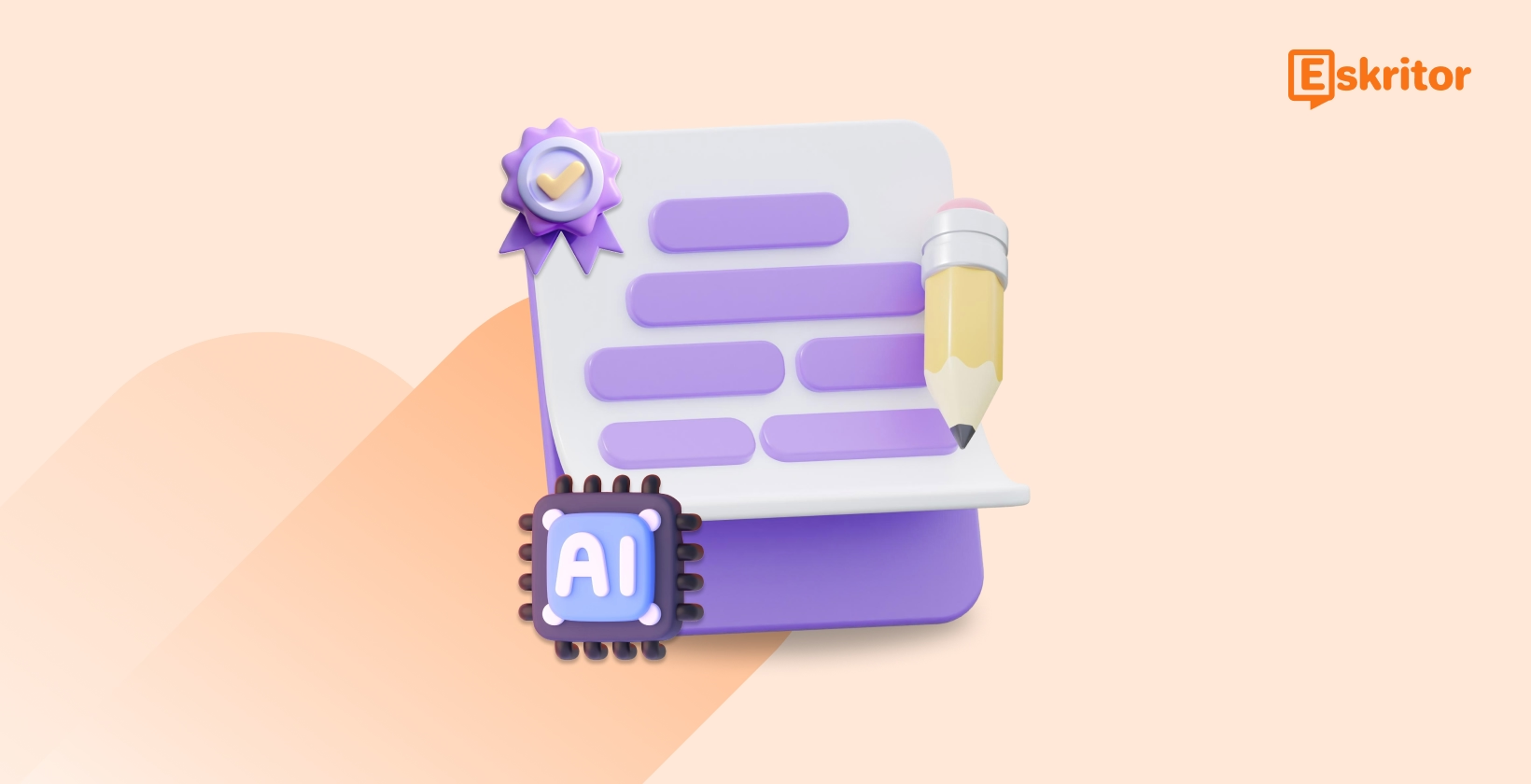AI Editing vs. Manual Editing: Which Is More Effective?
AI Editing vs. Manual Editing: Which Is More Effective?
Blog Article
How AI Editing Enhances Grammar and Style Effortlessly
Material formation has seen a remarkable change, with artificial intelligence editing tools major the charge. The shift is quantifiable, apparent in emerging information and real-world results. By analyzing what's happening on the floor, you can see why ai grammar checker is quickly moving from uniqueness to necessity in electronic publishing.

The Power in the Figures
A recently available business review noted that nearly 70% of content makers have used some kind of AI-driven editing in the past year. The productivity increases are impressive. Typically, groups applying AI writers record finishing first drafts around 40% faster compared to conventional workflows. For freelance writers and electronic agencies, this implies more responsibilities recognized and provided without sacrificing quality.
Syntax, punctuation, and even nuance recognition are now actually handled within seconds. AI methods instantly spot awkward phrasing, wordy phrases, and actually problems with tone. These characteristics support authors of all levels turn mediocre drafts into finished pieces significantly quicker than individual eyes alone.
Trending Toward Effectiveness and Consistency
The need for high-volume material is greater than ever. Digital writers are pressing out more articles, social networking articles, and newsletters than at any level in history. According to a 2023 study, brands which used AI editing saw their publishing charge increase by over 35%. That permitted little groups to keep up with, as well as outperform, business giants.
It's not merely about speed. Consistency is another apparent benefit. AI modifying resources maintain standard syntax, tone, and actually formatting across tens and thousands of words. The same record found that company voice problems slipped by 55% after AI methods were presented into the editorial process.
Raising the Club for Quality
Typographical problems and inconsistent style may defectively damage a brand's credibility. AI publishers minimize these issues to near zero. A data collection pulled from 500+ electronic marketing campaigns indicated that material prepared through AI editing receives 20% higher involvement charges than raw, unedited material. Readers and search motors react safer to content that is clear, error-free, and coherent.

The Human Touch Remains
Despite all the growth and statistics, AI modifying doesn't remove the necessity for creativity or experience. Alternatively, it eliminates grunt function and lets writers give attention to strategy, type, and storytelling. Publishers spend less time online edits, moving their position to idea progress and originality.
Seeking Forward
The affect of AI modifying is measurable and growing. From larger publishing costs to raised reader involvement, the figures inform an obvious story. Content groups that control that tendency will see themselves ahead of the contour, able to create cleaner, more interesting function quicker compared to the competition. AI modifying is not a fad. It's fast getting the pulse of contemporary content creation. Report this page